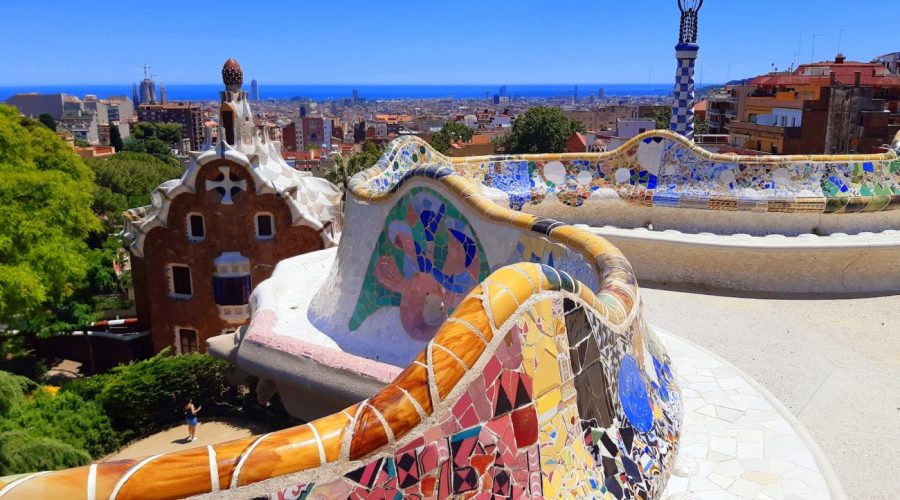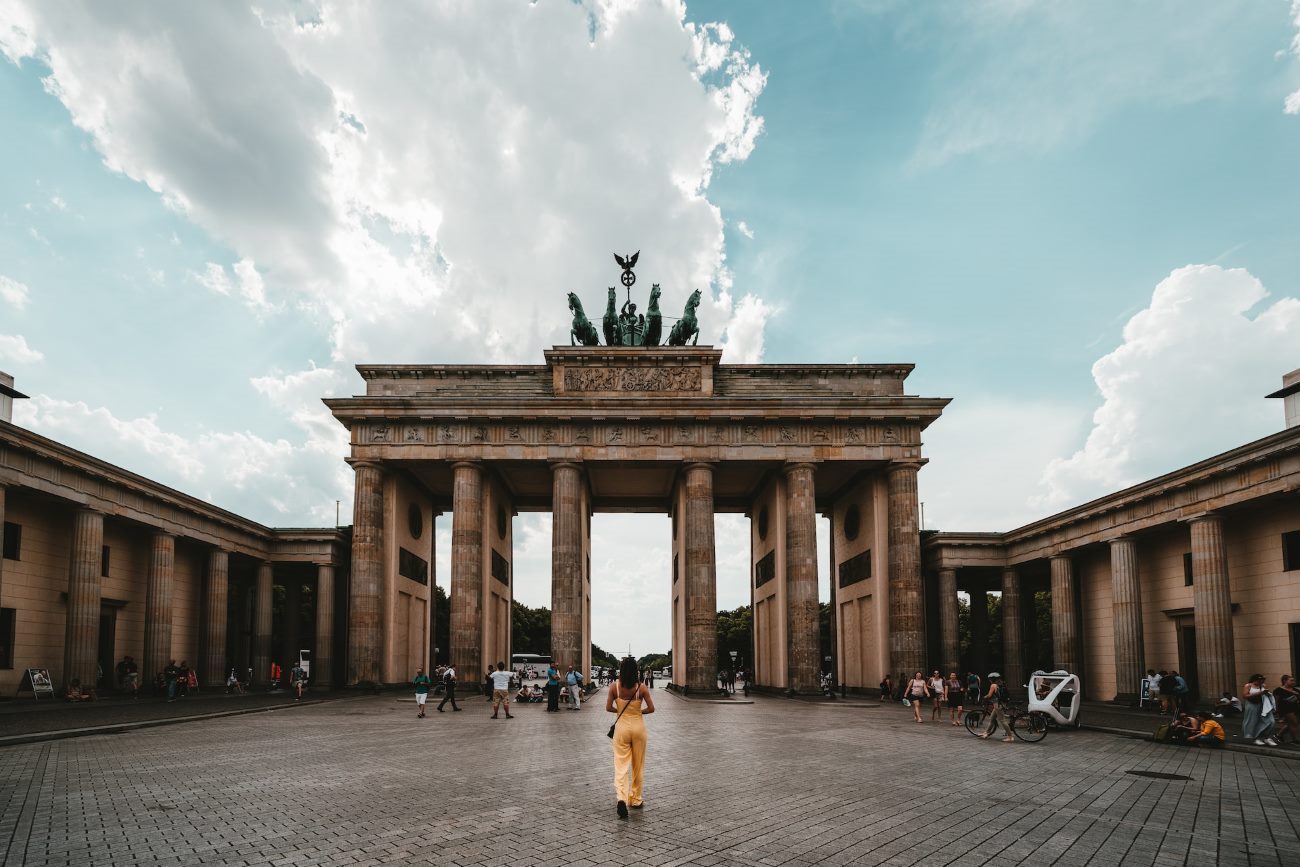How to Be a Good Tour Guide: Essential Tips for Success
The job of working as a tour guide delivers fascinating rewards that make the position worthwhile. Your role as a tour guide enables you to generate enjoyable experiences for your guests because you guide them through various destinations for memorable explorations.
- Know Your Destination
Located at the core of excellent tour guide competence stands a deep understanding of your guide destinations. Devote time to explore as much historical background as culture and recognizable landmarks and traditional local values and practices. Accurate and interesting guest information throughout the tour depends on your thorough knowledge of the destination.
Learn Key Facts
Begin by studying essential historical milestones as well as main landmarks and customary traditions of the location. You will provide an interesting tour which contains informative content. Develop a document system along with flashcards to store important information which you need to remember.
Stay Updated
Staying abreast of news and local events and holiday traditions and all alterations which occur in your destination area. Attractive information that reflects the present-day situation will help you deliver higher-quality tours with engaging content to your guests.
- Develop Strong Communication Skills
Effective communication stands as the essential element for delivering quality tours as a guide. Effectively transmitting information together with guest involvement and question-answering abilities will significantly improve the guest experience.
Speak Clearly and Enthusiastically
Make your voice strong enough to carry across the group while using projection when appropriate. Enthusiasm together with passion defines your presentation because it draws your listeners into the content.
Listen and Empathize
Take note of what each individual visitor desires and finds interesting. You should use open-ended questions to make participants feel comfortable and maintain full attention to what they say. Active listening and empathic behavior will develop a personalized and positive experience.
- Plan and Organize
A thoughtful planning of the tour route delivers seamless experiences to you and your tour guests. Devote your time to prepare your tour in advance.
Create an Itinerary
Write a thorough schedule that shows the main points of your destination. Set the sequence of activities and decide the estimated amount of time at each stop and arrange all transportation requirements. Secure adequate time in your schedule for short breaks together with restroom visits.
Anticipate Contingencies
You should develop contingency plans that act as safety nets. Maintain prepared alternative destinations and interesting backup plans which will replace closed attractions or itinerary modifications.
- Be Engaging and Interactive
A tour that actively involves participants and maintained interaction creates better experiences which produce strong positive memories for guests.
Use Visual Aids
You should display maps or videos or images to your guests since these visual aids will help them better understand the destination and become more involved in its atmosphere. The use of visual materials helps explain details through visual illustrations and aids better retention of shared information.
Incorporate Fun Facts and Stories
Presenting both intriguing stories and enjoyable information with native tales to your tour will increase visitor enjoyment while establishing lasting memories. Intentionally adding personal elements forms an emotional bond between those visiting and the travel destination.
- Be Professional and Safety-Conscious
While serving as a tour guide one needs to be both professional in conduct and responsible for guest safety at all times during the tour activity.
Dress Appropriately
Appropriate clothing and clothing style that adheres to cultural dress codes need to be chosen based on weather conditions. Professional appearance together with proper grooming teaches reliability to your guests.
Delegate Responsibility
Hiring either an assistant or volunteer becomes necessary to manage groups when planning tours which require extended assistance. Focusing on communication and safety checks become possible through your assistant so you can cover information delivery and keep everyone secure.
Conclusion
The creation of an excellent tour guide depends on solid knowledge and proficient communication as well as strong organizational capacities. Your guests will encounter an extraordinary encounter with these fundamental guidelines which will establish memorable experiences that stay in their minds forever.



